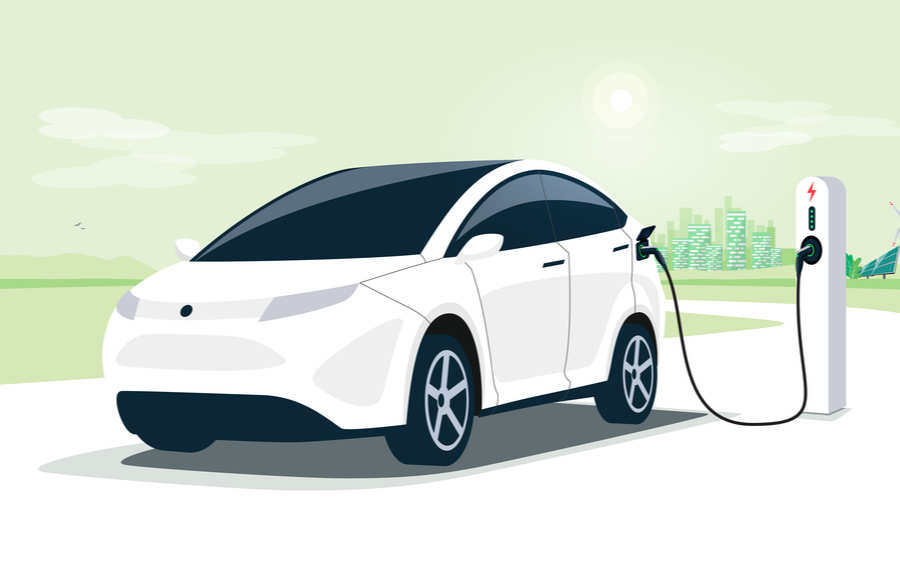The automotive industry faces significant hurdles in 2025 as stricter emission regulations and escalating trade tensions between China and the West disrupt global markets, particularly the electric vehicle (EV) sector, according to Gartner, Inc.
Impact of Trade Tensions and Tariffs
Pedro Pacheco, a Gartner analyst, highlights that while software and electrification remain key transformation drivers, trade policies are intensifying existing challenges. Increased import tariffs on Chinese EVs imposed by the US and EU could exacerbate production overcapacity issues in European and North American car factories.
To navigate these barriers, Chinese automakers may establish production facilities in the US, Europe, or free-trade partners like Morocco and Turkey to maintain competitive pricing. This strategic shift could redefine global automotive manufacturing hubs, with low-cost countries emerging as key players in the supply chain.
However, the ripple effect of these changes could force underutilized factories in the US and Europe to shut down or be sold, impacting supplier factories and altering the regional manufacturing landscape.
Uncertainty Over Emission Regulations
Political shifts in the US and EU have reignited debates over vehicle emission standards, adding uncertainty for automakers. Some original equipment manufacturers (OEMs) are hesitant to fully embrace EV strategies, as regulatory unpredictability complicates long-term planning.
Despite these challenges, Gartner forecasts global EV shipments (spanning buses, cars, vans, and heavy trucks) to grow by 17% in 2025. By 2030, over half of all marketed vehicle models are expected to be EVs.
Software and Electrification Drive Evolution
Gartner notes that legacy OEMs have struggled to advance in-house software capabilities, prompting partnerships with Chinese EV makers to acquire advanced electrical/electronic (E/E) architectures. While these collaborations enhance technological capabilities, they also increase reliance on Chinese expertise, further intertwining global supply chains amid geopolitical tensions.
As the automotive sector navigates these complex dynamics, industry players must adapt to shifting regulations, trade policies, and technological demands to secure their competitive edge in an evolving market.


